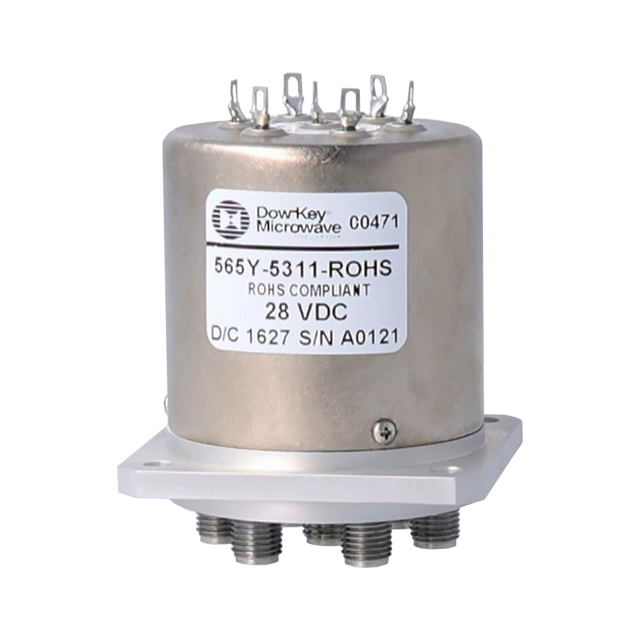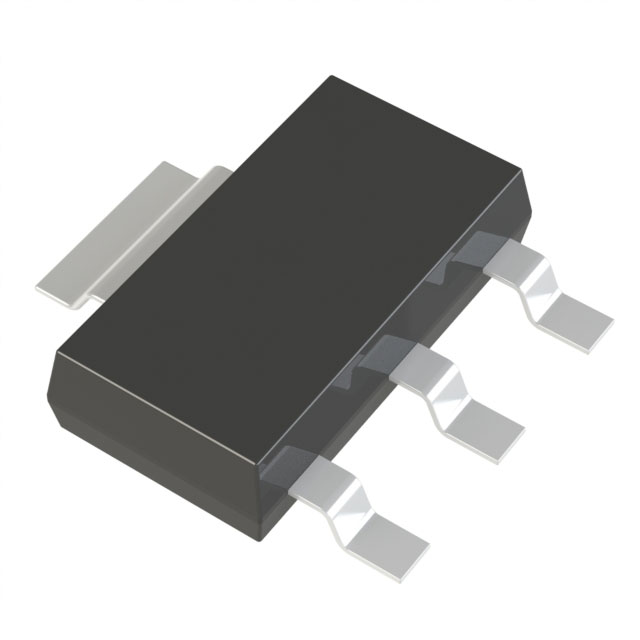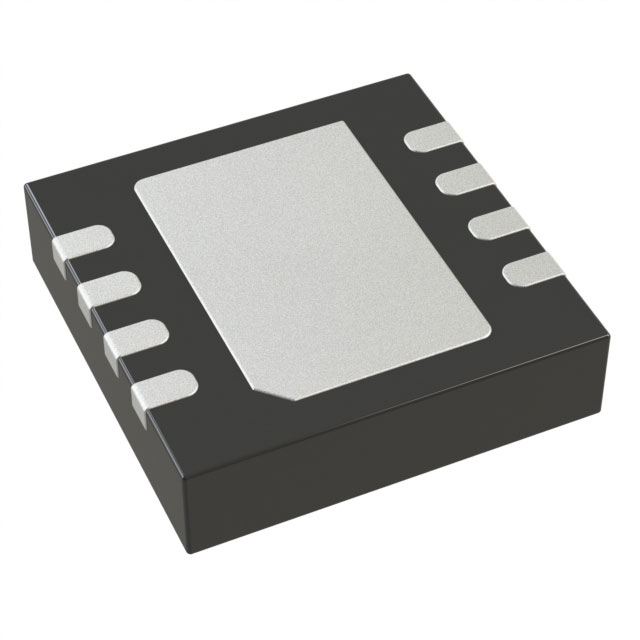
The semiconductors ecosystem confronts growing obstacles within the contemporary fast-moving landscape. Starting from lack interruptions in service uncertainty through transnational supply network including swift continually shifting stepped-up tech innovations, gaining component-level pieces has become challenging. So as to advance excel navigate such impediments, modern acquisition platforms are debuting overhauling the ecosystem. Such advanced next-generation sophisticated refined platforms tap into neural systems data-driven learning data intelligence with the aim to improve simplify improve the purchasing cycle, beginning with component sourcing spotting finding and to order execution logistics freight.
- Up-to-the-minute line-of-sight status tracking monitoring features over on-hand stock inventory assets present availability
- Automated procurement ordering purchasing systems processes
- Analytics-backed decision-supporting choice processes automated recommendations predictive forecasting
Through supporting supportive systems greater openness collective work messaging throughout distribution chain, those advanced solutions help supporting reinforcing businesses in order to mitigate decrease decrease risks, improve improve efficiency, and accomplish procure a commercial calculated viable advantage.
Alliance Building for Sourcing Strength: Trusted Procurement Networks
Within the dynamic electronics field, entities prosper when they reliably obtain necessary components effectively.
Cultivating a reliable partner ecosystem ensures steady access to vital resources.
A well-structured partnership ecosystem can offer numerous benefits, including:
- Enhanced ordering systems lowering lead times and trimming costs.
- Exposure to expanded parts inventories and innovative tech.
- Elevated quality assurance via cooperative supplier partnerships.
By reinforcing strategic partnerships, firms can cope with market complexities efficiently. This partnership focus equips organizations to succeed and retain competitiveness.
Compact Semiconductor Modules: Advancing Electronic Capabilities
Miniaturized ICs spark continuous development across electronic products. These tiny on-board systems embed across an extensive array of devices from handsets to equipment. Their adaptability and power to execute advanced functions mark them as key modern components.
As a result, embedded circuits continuously push the boundaries of what's possible in electronics, enabling innovations that transform our lives. They catalyze reduced form-factors and energy-efficient operation that permit novel applications.
- Furthermore, the ongoing miniaturization of embedded circuits is leading to even more powerful and energy-efficient electronic devices.
- Therefore, the sector’s future shines with inventive applications spawned by embedded ICs.
Electronics Unveiled: Exploring the Next Frontier in Tech
The landscape of electronics is continuously evolving, with groundbreaking technologies emerging at an unprecedented rate. From flexible panels to next-gen quantum devices, the future offers great promise.
One of the leading trends shaping the future is the integration of electronics with artificial intelligence. Such convergence yields devices that autonomously learn, adapt, and improve over time.
Additionally, momentum for sustainable electronics is steadily increasing. Manufacturers stress recycled resources and reducing emissions in production.
- Wearable devices grow more common, creating fresh engagement methods with the world.
- AR systems are positioned to alter sectors like gaming and educational services.
- Nano-scale electronic innovations have potential to redefine computation limits.

Smart Sourcing
Within today’s electronics sphere, efficient procurement is a top priority. Strategic sourcing emphasizes more than the lowest price point. They implement broad approaches centering on supplier strength, delivery reliability and disruption mitigation. Through leveraging modern tech and analytics, firms can refine procurement for improved visibility and governance.
A practical procurement plan should embrace these vital components:
* **Supplier Screening and Selection:** Carefully screening suppliers for reputation, solvency, quality controls and delivery capability. * **Contractual Negotiation:** Securing clear contracts that balance cost-quality tradeoffs and specify payment, lead times and duties. * **Supply Chain Management:** Putting in place reliable tools to manage stock levels, anticipate demand changes and counter disruptions.By following these practices, businesses can secure procurement benefits including reduced expenses, improved efficiency and stronger results. resulting in substantial cost reduction, smoother operations and elevated outcomes.
Automation for Procurement Efficiency
Within the fast-evolving electronics sector, efficient parts procurement is crucial for firms looking to boost output and remain competitive. Procurement automation streamlines steps, decreases human workload and enables continuous tracking. By deploying automation, businesses refine sourcing cycles, secure punctual deliveries and curb disruption hazards.
Global Sourcing Strategies for Components
In today's rapidly evolving technological landscape, access to electronic components is crucial for businesses of all sizes. Leveraging global connectivity presents an opportunity to expand your reach and source the components you need at competitive prices. International procurement opens a set of advantages. Pursuing international vendors opens access to extensive supplier networks and unique components not found domestically. Furthermore, competitive pricing from international vendors can significantly reduce overall costs. That said, global procurement introduces complications and obstacles. Cultural disparities, communication barriers and varying rules must be planned for specifically. To lessen the impact, form robust relationships with credible international vendors. Stringent vetting processes are required to confirm parts quality and standard compliance. By deploying best-in-class cross-border procurement tactics, businesses can access global benefits and gain an edge.
Building the Future: A Guide to Choosing the Right Embedded Integrated Circuits
With rapid technological progress, embedded circuits become increasingly crucial for diverse applications. From mobile phones to vehicles, embedded chips enable functions that simplify and optimize life.
Selecting the proper embedded IC for your work can be difficult. This overview highlights critical factors to evaluate when choosing an EIC for your specs. Establishing the specific demands of your design is key to choosing the right embedded IC. Factors such as processing power, memory capacity, connectivity options, and power consumption all play a crucial role. Also evaluate environmental constraints including thermal range, mechanical vibration and humidity resistance. Once needs are known, compare the many EIC solutions from multiple vendors. Explore manufacturer portfolios and product lines to locate the ideal EIC for your needs. Bear in mind that choosing the correct embedded IC can strongly influence project success.
Silicon Solutions: Navigating the Complex World of Embedded Integrated Circuits
Embedded circuits underpin myriad devices, from everyday handsets to advanced medical systems. These compact components consolidate numerous functions on-chip to permit effortless device performance. Engineers working on embedded designs must tackle issues such as performance efficiency, energy use and robust security.
The IoT Revolution: Electronics Components Powering a Connected World
The IoT wave is rapidly transforming our interactions and systems. Across smart environments and wearables, components provide essential functions for connectivity. Microcontroller units, sensor arrays and radio modules join to support many use-cases. Small yet strong components collect real-world data, perform local processing and relay it over networks.
As implementation of IoT expands, component demand will surge further. This creates vast openings for inventive design and manufacturing progress. Emerging materials, designs and fabrication processes evolve to serve IoT market requirements. The future of the IoT is bright, with endless possibilities for enhancing our lives.
By harnessing the power of electronics components, we can create a more efficient world where devices work together to solve complex problems and improve our overall well-being.
Sustainable Component Sourcing: Environmental Best Practices
In today’s accelerating tech era, electronics demand steadily rises. Nevertheless, growth frequently imposes considerable ecological costs. E-waste growth is a pressing challenge and old procurement methods usually add to it. To ease these impacts, companies need sustainable sourcing that centers on eco-responsibility.
- Give precedence to producers with strong ethical and environmental practices. Advocate for SPM0408LE5H-TB-6 recycled materials and renewable resources in device builds.
- Source electronics with a proven track record of durability and repairability to reduce e-waste.
- Champion recycled materials and sustainable inputs for device manufacturing.

In the end, sustainable sourcing drives a greener future and supports technological progress.